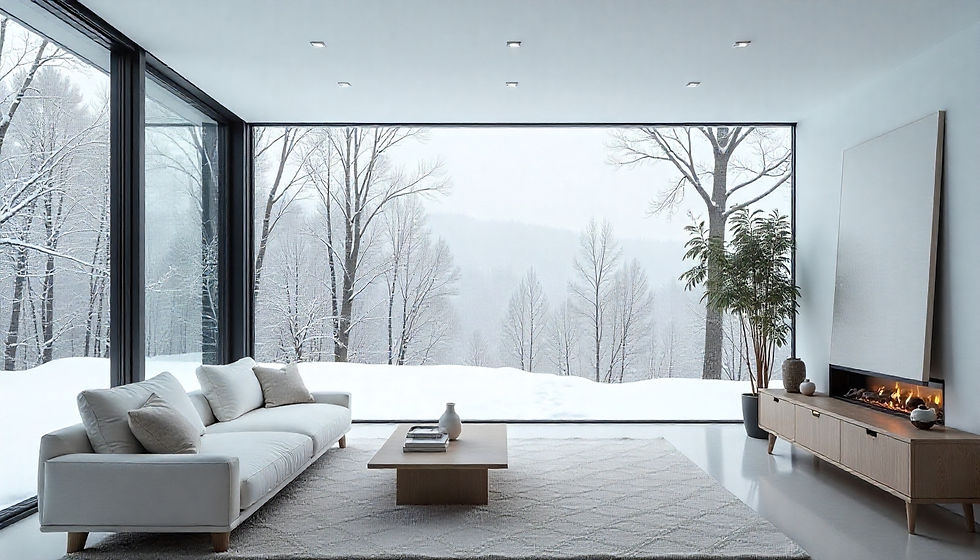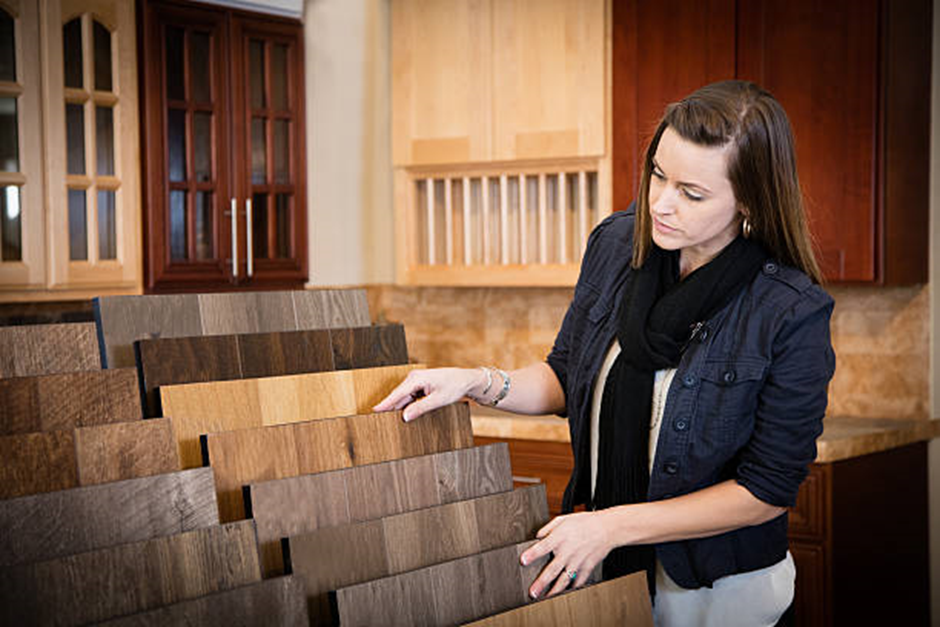Can AI Really Design Your Dream Home? A Candid Look at Virtual Design Tools
- Staff Desk
- Aug 20
- 4 min read
Updated: Aug 25
AI seems to be everywhere these days — helping us shop, curate playlists, and even plan our daily routines. Now, it’s stepping into something far more personal: our homes. Imagine uploading a photo of your living room and instantly seeing it transformed with new furniture, colors, or layouts. It feels futuristic, almost like having a digital designer in your pocket.

But here’s the question: can an algorithm really capture your style, your quirks, and the lived-in feel that makes a house a home? A virtual rendering might nail the layout, yet completely miss the warmth you get from a favorite chair or the importance of a family heirloom.
That’s why the rise of AI design tools is fascinating — not because they replace human creativity, but because they show us both the possibilities and the gaps. To understand what these tools actually bring to the table, let’s take a candid look at where AI design shines, where it falls short, and why the human touch still matters.
What AI Design Tools Actually Do
Virtual design platforms, including apps that let you upload a photo and visualize new décor, combine machine learning with vast catalogs of furniture, finishes, and layouts. After analyzing your existing space, these tools suggest styles, color palettes, and furnishings that could fit your room. Many even generate 3D renderings so you can “walk through” your redesigned space virtually. This can be an excellent starting point if you’re curious about new layouts but aren’t ready to spend money on professional renderings.
AI tools excel at pattern recognition. They:
Learn your taste based on items you like or save (much like how streaming services recommend playlists).
Identify recurring themes — mid-century modern, coastal, minimalist — and apply those patterns to your room suggestions.
Help narrow choices for people who feel overwhelmed by too many options, making the process less stressful.
The Hidden Limitations
As smart as algorithms are, they still have blind spots. AI can’t account for emotional resonance — it doesn’t know why Grandma’s antique sideboard deserves a spot in your living room, or why a particular shade of green makes you feel at home.
It also struggles with atypical layouts: rooms with awkward nooks, slanted ceilings, or architectural quirks that don’t fit neatly into a template. And while virtual renderings can show how furniture might fit, they rarely capture the full experience — the feel of textures, the comfort of fabrics, or the way natural light changes the mood of a color throughout the day.
Where Human Expertise Comes In
This is where a professional touch makes all the difference. An experienced interior design studio can bridge the gap between what technology suggests and what actually works for your lifestyle.
Unlike AI, designers don’t just match you with a style; they:
Consider your daily routines, habits, and long-term needs.
Balance functionality with aesthetics so your home isn’t just beautiful, but livable.
Know which materials will hold up to kids, pets, or heavy use.
Layer lighting for both ambiance and practicality.
AI might recommend a gorgeous velvet sofa, but a designer will ask the important follow-up: “Do you have a shedding dog?”
The Joy of Co‑Creation
One surprising benefit of AI design tools is that they make clients more confident communicators. When you can experiment virtually and see what you like, you bring clearer feedback to a designer. The process becomes collaborative rather than top‑down. For designers, these tools can accelerate the brainstorming phase by quickly testing multiple concepts without hours of manual drafting.
How to Use AI Wisely
If you’re curious about AI design, start with free or low‑cost apps. Upload photos of a room, explore different styles, and save what resonates. Use this information as a conversation starter with your designer.
AI can help narrow down your aesthetic and identify options you hadn’t considered, but treat its suggestions as inspiration, not gospel. Be wary of one‑size‑fits‑all solutions; your personality isn’t a dataset.
Also, remember that AI’s predictions rely on the data it has been fed. If a tool seems fixated on trendy open shelving, it might be because the majority of people clicked on those photos. Trends come and go; your home should feel timeless to you.
Are AI-Designed Homes the Future?
AI will likely continue to permeate the design industry, offering more sophisticated renderings and augmented reality experiences. These tools may democratize design services, making high‑quality visualizations accessible to more people.
However, the best spaces—the ones that feel welcoming, reflect your story, and function seamlessly—are still crafted by people who listen and adapt. In the end, technology is a tool, not a replacement for human creativity.
Final Takeaway: Blending Tech and Touch
Using AI for interior design is like using GPS on a road trip. It’s incredibly helpful for getting oriented, but it doesn’t replace local knowledge or the joy of discovering hidden gems. Virtual design apps can spark ideas and boost your confidence, but partnering with experienced designers ensures your space works in real life. Embrace the convenience of AI (there, we said it once!), yet trust your instincts—and the professionals—when shaping the place you call home.



Comments